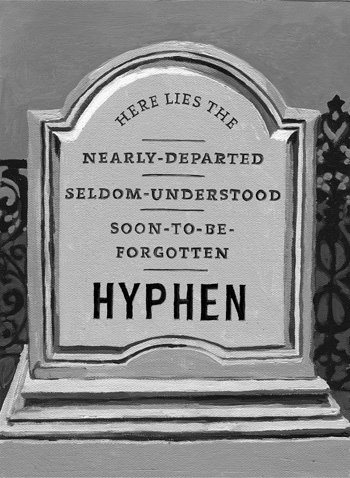
The library has many resources and services available. Here is a quick guide to what is on each floor.
If you have not yet chosen a topic, consult your course guidelines for help in selecting an appropriate subject of inquiry. You may choose or be required to focus on one artist, a work of art, an art movement, or consider a larger theme that encompasses multiple artists, works, or styles. Here are some tips to help you get started:
When you have chosen a topic, begin gathering relevant resources from the library's collections of books and journals. Start with WorldCat or the Library Catalog for books. Use arts databases for online access to journal articles, as well as digital collections for images. Ask a librarian if you need any help.
Consult the guidelines provided by your professor, as format requirements vary for each course assignment. All research papers should include:
Writing for art and art history is usually formal in style and analytical in content. Following the guidelines provided by your professor, you will likely need to devote a significant proportion of your paper to visually analyzing one or more works of art. The guides to writing about art in the left-hand column of this page will help you hone your visual analysis and writing skills.
The editing process can turn a mediocre paper into an engaging and professional one.

What is art history? How do scholars conduct research and write about art history today? How did they do so in the past? These are the types of questions answered in the following texts on art historical methodologies and historiographies. Essentially, these texts present the history of art history and the methods of writing used in the past and in the present day. Will you write your paper with an eye toward the social history of art; will you adhere to iconographic analysis a la Erwin Panofsky; or, will you use a combination of methods? The choice is yours, unless specified by your professor.